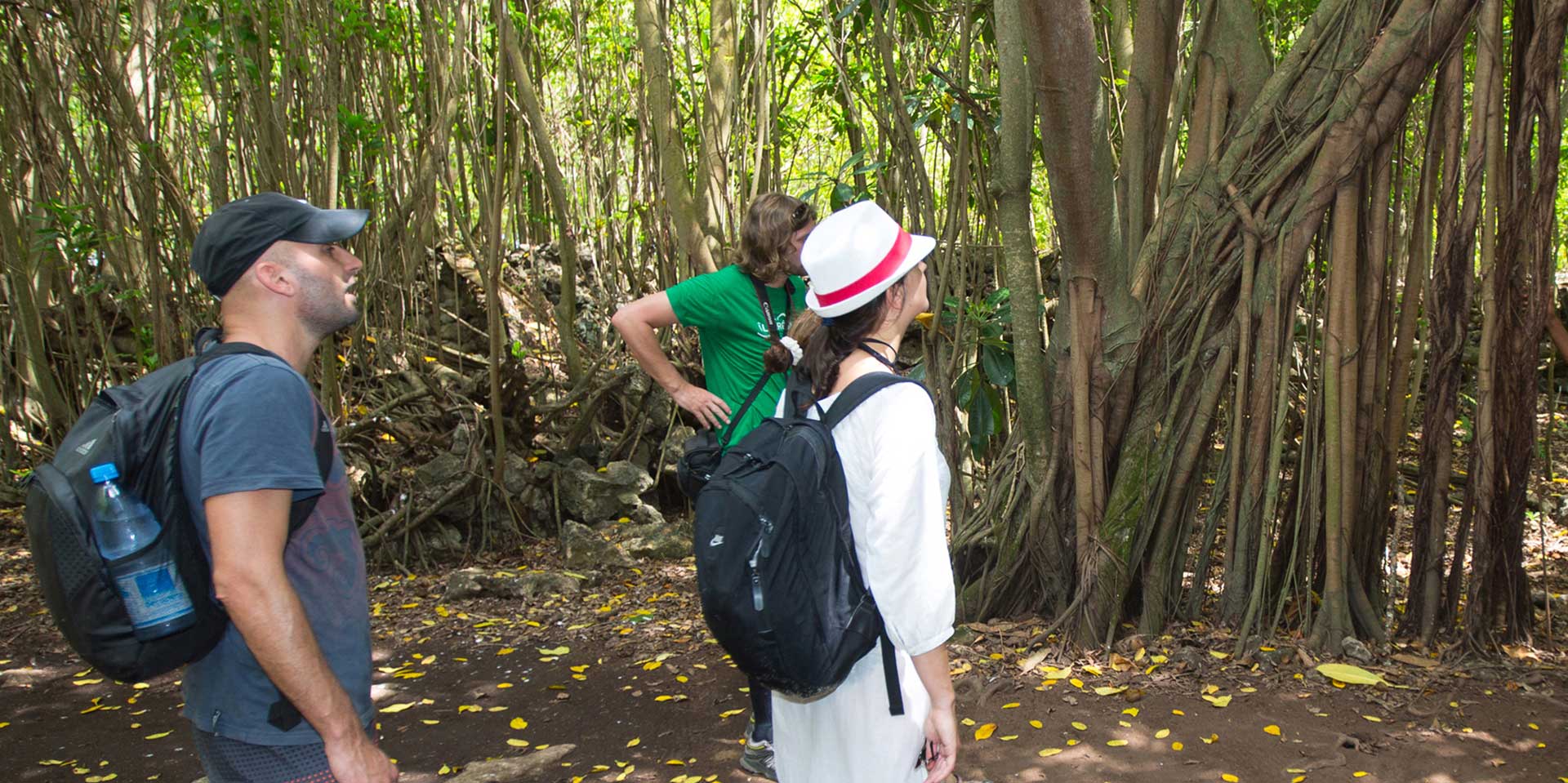In recognition of the environmental impact of international visitors to the island, most of whom fly from Europe and reach the island by boat, Nature Seychelles which manages the island, has undertaken a rigorous approach to carbon neutrality. This has involved measuring all the emissions associated with the island, reviewing opportunities for on-going reductions and investing in high quality carbon credits.
In 2009, with the assistance of UK BirdLife partner, the Royal Society for the Protection of Birds (RSPB), Carbon Clear a leading European carbon management company, was hired to assess the footprint of conservation and tourism activities on Cousin Island Special Reserve. Funding was received from the British High Commission in Seychelles to carry out the assessment.

To measure our carbon footprint, Carbon Clear looked at the following activities:
- All emissions on Cousin: The island’s operations generate a small number of emissions, but using efficient technology these are kept to a minimum.
- A portion of the emissions from Nature Seychelles operations: As Cousin is one of several projects that Nature Seychelles manages, 15% of its overall organisational footprint has been attributed to the Cousin Island footprint.
- The visitor footprint: Approximately 10,000 to 14,000 ecotourists visit annually. Emissions from international flights to and from the Seychelles, internal travel and hotel stays were calculated. However, as a visit to Cousin is part of a longer holiday to Seychelles, the island is not solely responsible for all emissions. Using the amount of time spent on the island (visitors spend approximately 1/3rd of a day on the island) as a guideline, 3% of total visitor travel and hotel emissions was allocated to the island’s footprint.
- The footprint recognized the contribution of the reforestation programme on Cousin Island. Since 1968 the island has been restored with the result that the Island is 85% covered by natural tropical vegetation (based on GIS). Based on available scientific information, the amount of annual carbon that the island’s 22.95 hectares can absorb was calculated and this netted off against the footprint.
Why Carbon Credits?
Whilst managing the footprint to ensure that emissions are kept to an unavoidable minimum, for a small country like Seychelles, tourism is essential to the economy and given its remoteness, visitors can only arrive by aeroplane. Therefore, it is not possible to reduce these emissions directly and carbon offsetting is the most realistic option in these circumstances to mitigate impact.
Keeping Cousin carbon neutral is an on-going programme. Each year carbon credits are purchased through investment in verified projects in poor and developing countries. Projects have included clean cook stoves, projects that prevents deforestation and those switching to sustainable energy.

